Long Kong
Hierarchical Reinforcement Learning for RIS-Assisted Energy-Efficient RAN
Jan 07, 2023Abstract:Reconfigurable intelligent surface (RIS) is emerging as a promising technology to boost the energy efficiency (EE) of 5G beyond and 6G networks. Inspired by this potential, in this paper, we investigate the RIS-assisted energy-efficient radio access networks (RAN). In particular, we combine RIS with sleep control techniques, and develop a hierarchical reinforcement learning (HRL) algorithm for network management. In HRL, the meta-controller decides the on/off status of the small base stations (SBSs) in heterogeneous networks, while the sub-controller can change the transmission power levels of SBSs to save energy. The simulations show that the RIS-assisted sleep control can achieve significantly lower energy consumption, higher throughput, and more than doubled energy efficiency than no-RIS conditions.
On the Impacts of Phase Shifting Design and Eavesdropping Uncertainty on Secrecy Metrics of RIS-aided Systems
Feb 12, 2022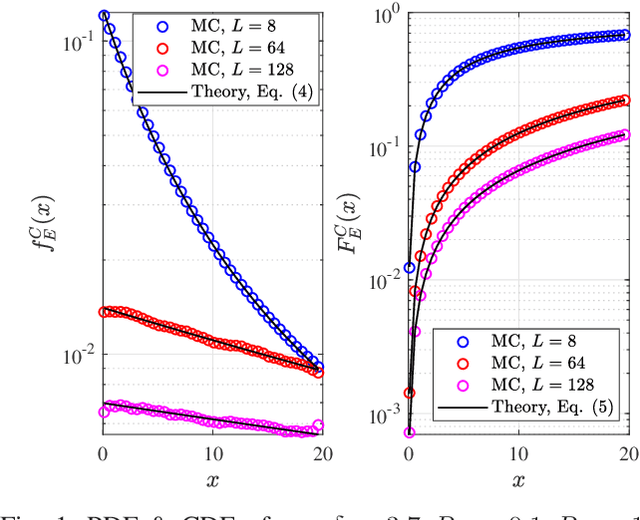
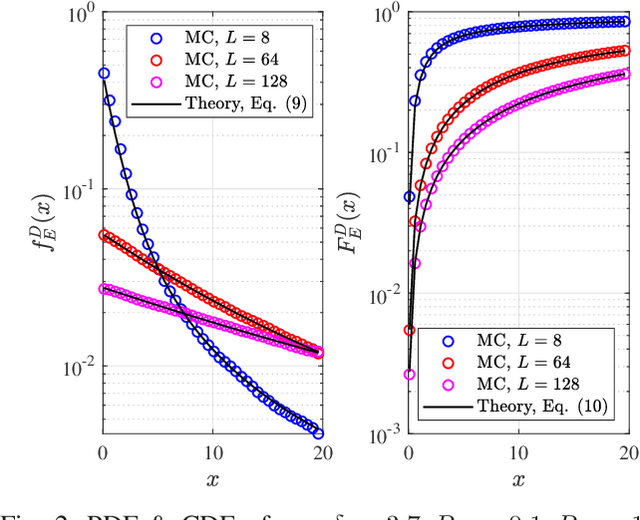
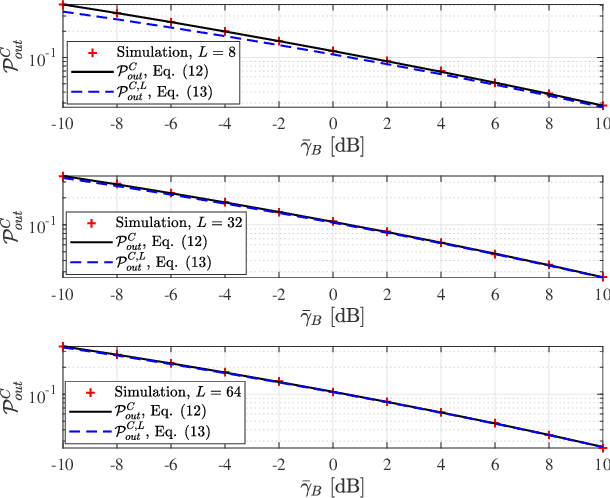
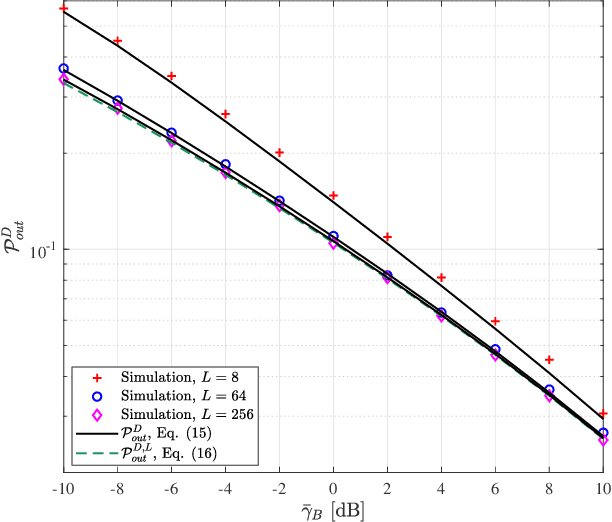
Abstract:This paper investigates the secrecy outage probability (SOP), the lower bound of SOP, and the probability of non-zero secrecy capacity (PNZ) of reconfigurable intelligent surface (RIS)-assisted systems from an information-theoretic perspective. In particular, we consider the impacts of eavesdroppers' location uncertainty and the phase adjustment uncertainty, namely imperfect coherent phase shifting and discrete phase shifting on RIS. More specifically, analytical and simulation results are presented to show that (i) the SOP gain due to the increase of the RIS reflecting elements number gradually decreases; and (ii) both phase shifting designs demonstrate the same PNZ secrecy performance, in other words, the random discrete phase shifting outperforms the imperfect coherent phase shifting design with reduced complexity.
Effective Rate of RIS-aided Networks with Location and Phase Estimation Uncertainty
Dec 17, 2021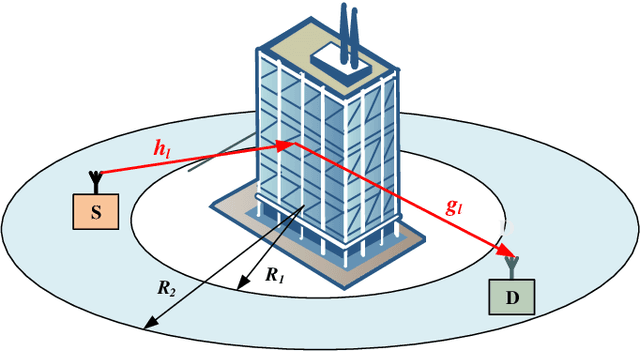
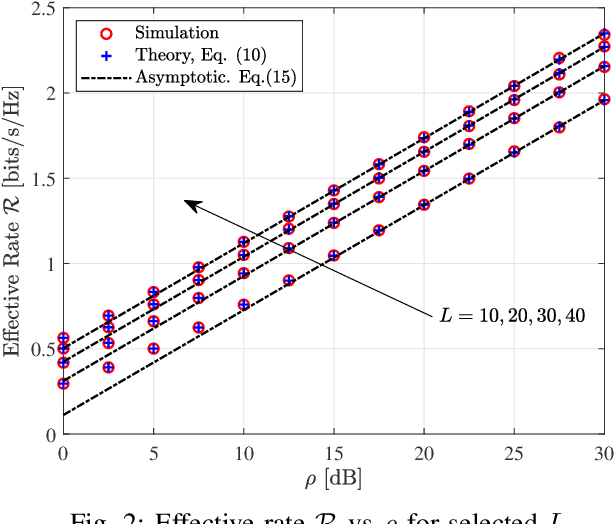
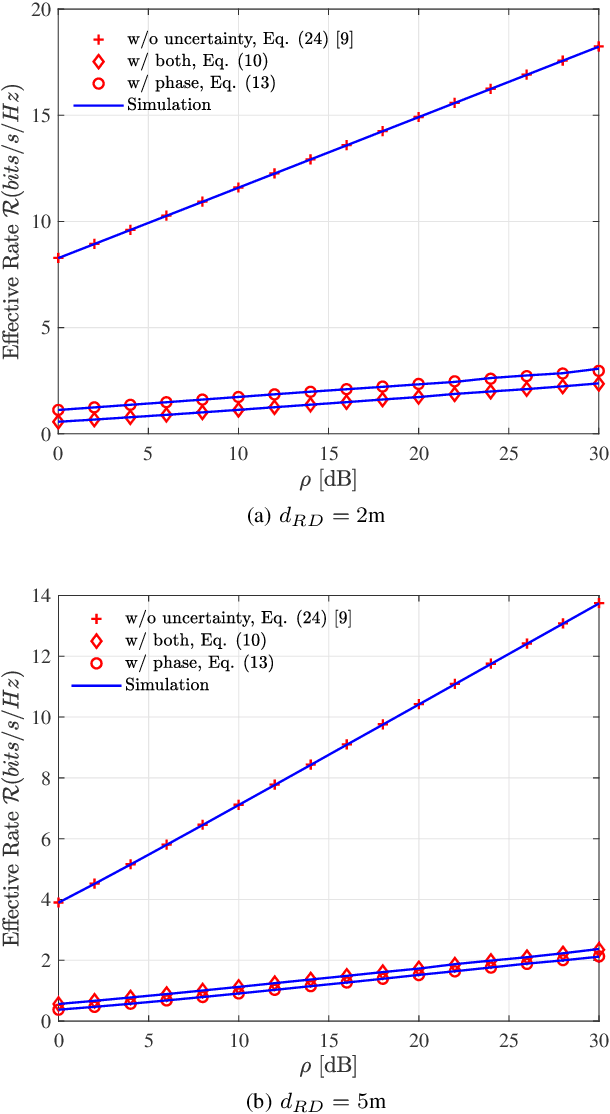
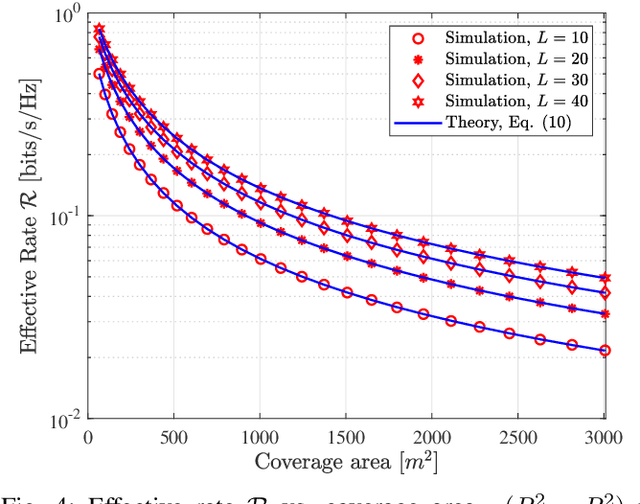
Abstract:Reconfigurable Intelligent Surfaces (RIS) are planar structures connected to electronic circuitry, which can be employed to steer the electromagnetic signals in a controlled manner. Through this, the signal quality and the effective data rate can be substantially improved. While the benefits of RIS-assisted wireless communications have been investigated for various scenarios, some aspects of the network design, such as coverage, optimal placement of RIS, etc., often require complex optimization and numerical simulations, since the achievable effective rate is difficult to predict. This problem becomes even more difficult in the presence of phase estimation errors or location uncertainty, which can lead to substantial performance degradation if neglected. Considering randomly distributed receivers within a ring-shaped RIS-assisted wireless network, this paper mainly investigates the effective rate by taking into account the above-mentioned impairments. Furthermore, exact closed-form expressions for the effective rate are derived in terms of Meijer's $G$-function, which (i) reveals that the location and phase estimation uncertainty should be well considered in the deployment of RIS in wireless networks; and (ii) facilitates future network design and performance prediction.
 Add to Chrome
Add to Chrome Add to Firefox
Add to Firefox Add to Edge
Add to Edge